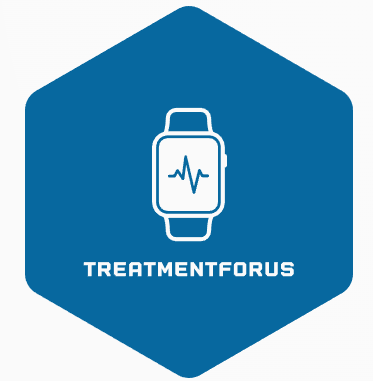Unveiling the Wonders of Childhood: Exploring the Stages of Development
Childhood is a remarkable journey marked by significant growth and development. From infancy to adolescence, children go through distinct stages that shape their physical, cognitive, emotional, and social abilities. In this blog post, we will delve into the stages of childhood, providing an in-depth understanding of each phase and highlighting the key milestones along the way.
I. Infancy (0-2 Years):
Physical Development:
Rapid growth: Infants experience substantial physical growth, doubling their birth weight by around six months and tripling it by one year.
Motor skills: From lifting their head to crawling and eventually walking, infants develop motor skills gradually.
Cognitive Development:
Sensorimotor exploration: Infants explore the world through their senses, gradually learning cause-and-effect relationships and object permanence.
Language development: They begin to understand and respond to simple words and gestures.
Emotional and Social Development:
Attachment: Infants form strong emotional bonds with their primary caregivers.
Social interaction: They start engaging in social smiling, imitating facial expressions, and expressing basic emotions like joy, sadness, and anger.
II. Early Childhood (2-6 Years):
Physical Development:
Gross and fine motor skills: Children refine their motor skills, enabling them to run, jump, climb, and manipulate small objects.
Growth spurts: Growth occurs at a slower pace compared to infancy, but steady development continues.
Cognitive Development:
Language acquisition: Vocabulary expands rapidly, and children develop more advanced language skills, including sentence construction and storytelling.
Preoperational thinking: Children engage in symbolic play and exhibit imaginative thinking but struggle with logical reasoning.
Emotional and Social Development:
Self-identity: Children develop a sense of self and become increasingly independent.
Social interaction: They engage in cooperative play, forming friendships and learning to navigate social norms.
III. Middle Childhood (6-12 Years):
Physical Development:
Growth and physical changes: Children experience steady growth, with primary teeth being replaced by permanent teeth.
Refinement of motor skills: They acquire greater control over their movements and fine motor skills.
Cognitive Development:
Concrete operational thinking: Children develop logical reasoning skills, understand conservation, and solve problems more systematically.
Expanded knowledge: They engage in formal education, acquiring knowledge across various subjects.
Emotional and Social Development:
Peer relationships: Children establish deeper friendships and engage in cooperative activities with peers.
Emotional regulation: They become more capable of managing their emotions and understanding others’ feelings.
IV. Adolescence (12-18 Years):
Physical Development:
Puberty: Adolescents experience significant physical changes, including growth spurts, hormonal changes, and sexual maturation.
Motor skills: Fine motor skills become more refined, allowing for complex tasks and activities.
Cognitive Development:
Abstract thinking: Adolescents develop the ability to think abstractly, reason hypothetically, and engage in critical thinking.
Identity formation: They explore personal values, beliefs, and future goals.
Emotional and Social Development:
Peer influence: Peer relationships play a crucial role, influencing choices, behaviors, and self-identity.
Autonomy and independence: Adolescents seek autonomy, establishing their identity separate from their parents.
Conclusion:
Understanding the stages of childhood provides valuable insights into the remarkable growth and development children undergo. Each stage brings unique challenges and milestones, shaping children’s physical, cognitive, emotional, and social abilities. By recognizing and supporting their individual needs at each stage, parents, educators, and caregivers can provide a nurturing
